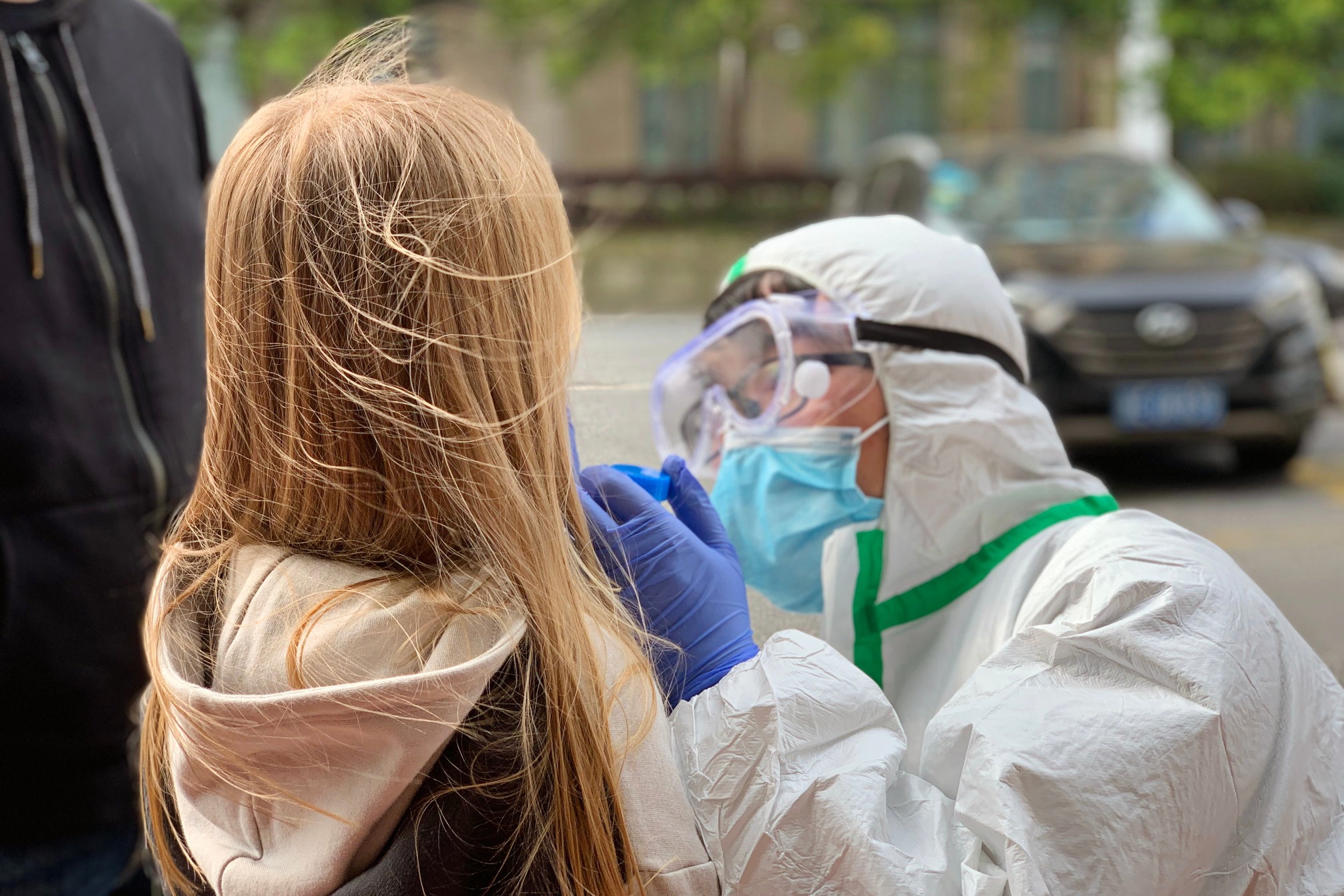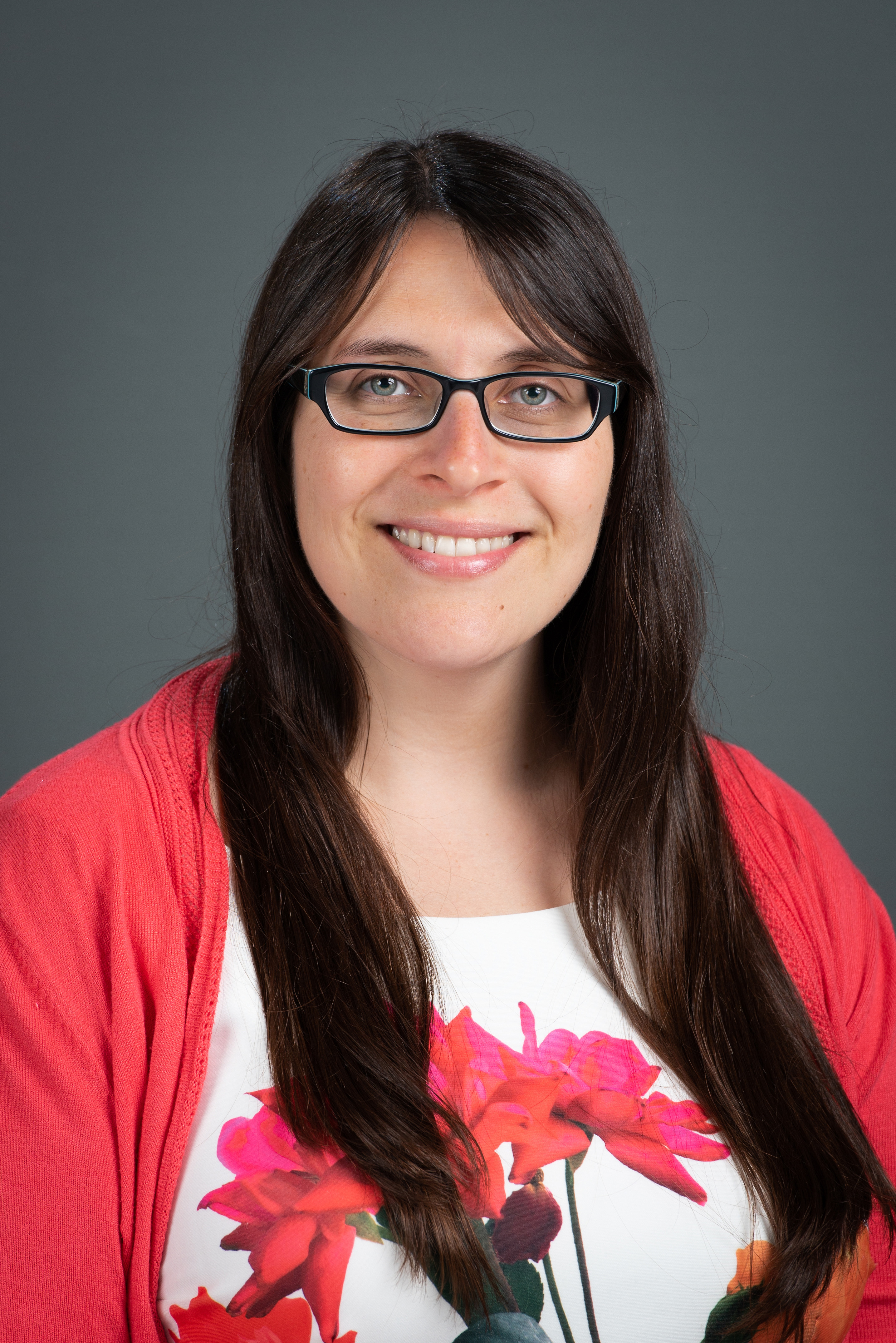By Jessica Rosenberg, Brailsford & Dunlavey
This article is the fifth in a 5-part series. Part 1 offered background on innovation districts—what they are, where they’re located, how colleges and universities relate, how P3s relate, etc. Part 2 featured a Q&A with Brian Darmody, CEO of the Association for University Research Parks. Part 3 looked at why schools might want to and might not want to consider pursuing an innovation district. And Part 4 featured an interview with Dr. Jane Talkington, scholar of innovation districts for higher ed.
We live in a hyper-connected, global community. This interconnectedness is at the root of the COVID-19 crisis we’re all now experiencing. Poetically, this same interconnectedness will be crucial to ending and recovering from it. Innovation districts throughout the world are poised to play a key role in bringing solutions forward. Their focus on creating partnerships between researchers, thinkers, and doers—and between public and private industry—is already helping to develop solutions to address this short-term, but absolutely immense challenge.
It is worth underscoring that focusing on COVID-19 in the short-term is crucial to advancing humanity more generally in the long-term. After all, humanity’s broader research and development efforts—across countless fields of study far beyond COVID-19—cannot continue in full while hampered by the pandemic. If we want researchers to be able to go back to the lab… if we want to advance as a civilization, we must “solve” COVID-19.
Innovation districts have heard that call.
How this looks on a global scale
In February, The 
In a time of unknowns and a time of fear, it is a comfort—but also so much more than a comfort—to see these efforts underway, and to know that entire focused, creative, scientific-minded communities are working separately to together combat this new, complex, gargantuan problem we all face. Collaboration between the world’s best brains is needed, and innovation districts are already contributing ambitiously to that.
The GIID has also shown that, already, innovation districts have contributed insights for national and state governments. Among them the importance of focusing on integrated value chains and the opportunity for innovation districts to create jobs for local residents.
IASP, the International Association of Science Parks and Areas of Innovation, has also been shining a light on the contributions made by its members. It is currently showcasing more than 200 solutions to COVID-related problems being developed by innovation districts across 25 countries. Solutions include optimizing remote networks, creating technology to disinfect money circulating through ATMs, researching Automatic Breathing Units, researching ways to purify the air in public spaces such as hospitals, developing vending machines to dispense medicines, developing rapid diagnostic test kits, modeling scenarios related to the virus, developing monitoring apps, and more.
It is safe to say that innovation districts are stepping up. As we need them to.
How this looks on a local scale
Each of the innovation districts referred to above is an ecosystem unto itself—with priorities, projects, partners, residents, and more. We briefly look at an example in Pittsburgh to understand how each individual innovation district can contribute to a global recovery.
The Pittsburgh Improvement District (PID) saw the need to meet a shifting landscape, understood the value of collaboration in tackling a complex and far-reaching challenge, and stepped up to the plate. The University of Pittsburgh, one member of the PID, won part of a $4.9M grant from the Center for Epidemic Preparedness Innovations to continue its research into vaccines. It is also collaborating with the Delphi Research Group, housed at Carnegie Mellon University (another member of the PID). An article published by the PID said, “These are just two ways in which our anchor research institutions are using their incredible human capital toward the greater good in a time of great uncertainty.”
Meanwhile
You might wonder: Why did CMU partner with private industry when CMU is such a big, respected name already? First, it’s key to know that the survey is not conducted by Google. Further, Google receives neither raw data nor survey results. The partnership exists for the public’s good, with Google being a key partner solely because anything it promotes will be seen by a huge segment of the population. So in this case, partnering with the private industry offered unbeatable reach.
CMU has created similar partnerships with other platforms like YouTube (owned by Google), Facebook, and Opinion Rewards (a Google app) to extend its reach even further. As reported by CMU’s blog, these partnerships are gathering “information that is available from no other source and could help researchers in forecasting the spread of the pandemic.”
All of the above comes out of one innovation district, and out of its openness to partnering for the greater good. Or, as the PID said so eloquently:
Often in Innovation Districts, the word ‘collaboration’ is used to describe the kinds of opportunities that exist naturally among institutions, businesses, students and entrepreneurs. Collaboration exists in those happenstance person-to-person meetings at coffee shops as well as between institutions as a whole, and everywhere in between.
As we adjust to the rapidly shifting landscape surrounding the spread of the coronavirus and COVID-19, we can see that collaboration is not just an aspirational goal of the Innovation District’s inhabitants, it’s a critical, life-saving tactic that our local research institutions are employing daily to combat the spread and flatten the curve.
In a time of distance, the immense value of partnering
Colleges and universities are often wary of private industry, and vice versa. But right now partnerships seem plentiful—to the benefit of us all. Some are taking place in innovation districts, where partnerships are longer-term and more formal. Others, though, are emerging out of need and opportunity—often with a college or university partner. We’ve mentioned a few examples above, and encourage you to explore the many more examples currently available, and the countless we’ll surely all see in the coming weeks, months, and years.
JESSICA ROSENBERG plays a lead role in B&D’s 
